1087 The soul & graveyard of Colombia
Magdalena, River of Dreams: A Story of Colombia
by Wade Davis
Toronto: Penguin Random House (Knopf Canada), 2020
$24.95 / 9780735278943
Reviewed by Howard Macdonald Stewart
*
 Another river. I was bowled over years ago by Wade Davis’s One River: Explorations and Discoveries in the Amazon Rain Forest (1997), a remarkable book about his youthful adventures and those of his mentor in the Amazon Basin. So, I was really looking forward to reviewing his tale about another river nearby. The publisher must have sensed this because they inadvertently sent the book twice. Then I had second thoughts. Confronted with the author’s rich but sometimes very raw stories from the Río Magdalena, I began to wonder what I’d got myself into. What had I expected? This was Colombia.
Another river. I was bowled over years ago by Wade Davis’s One River: Explorations and Discoveries in the Amazon Rain Forest (1997), a remarkable book about his youthful adventures and those of his mentor in the Amazon Basin. So, I was really looking forward to reviewing his tale about another river nearby. The publisher must have sensed this because they inadvertently sent the book twice. Then I had second thoughts. Confronted with the author’s rich but sometimes very raw stories from the Río Magdalena, I began to wonder what I’d got myself into. What had I expected? This was Colombia.
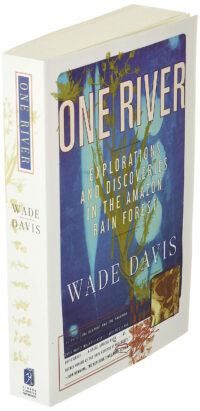
A slow journey down the Magdalena offered Davis a vehicle for sharing many diverse glimpses of contemporary Colombia. His Magdalena stories are mostly ones told to him by Colombians he met along the way. These stories make for an engaging book but not always an easy one; it’s hard to read in places because, while Davis celebrates Colombia’s magnificently diverse biota, geography, and cultures, he also explores the horrors of its recent history.
The narrative bounces around a bit, though mostly it takes us down the Magdalena from its headwaters in the far south of the country to its mouth on the Caribbean. In the upper Magdalena Basin we’re introduced to the vast diversity of Colombia’s natural heritage and its Indigenous cultures. Then there is the Medio Magdalena, the middle stretch of river that runs between and far below Bogotá and Medellín, the country’s first and second cities perched up in the Tierra Templada. This is where we’re most often confronted with tales of the terrifying violence that wracked the country in recent decades. The slower moving waters of the Lower Magdalena offer much needed denouement after this, more tranquil places where we can relax, try to forget the nightmares, and instead savour the country’s rich musical tradition.
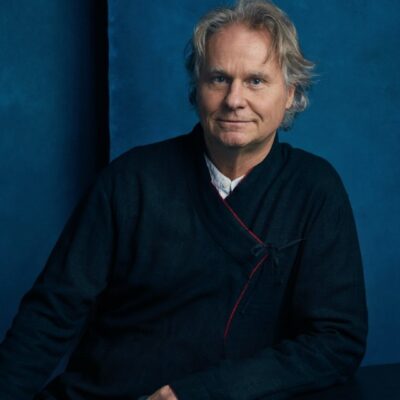
History. Davis also offers us telling snippets of Colombia’s more distant history. The book starts with an account of the Tairona people who fled centuries ago into the Sierra Nevada de Santa Marta, the world’s highest coastal mountain range close by the mouth of the Magdalena. From this sacred space that the Tairona knew to be the Heart of the World, they watched in horror as new comers, the ignorant Younger Brothers, “… violated the Madre Creadora, tearing down the forests that are the skin and fabric of her body and poisoning the rivers, the actual veins and arteries of her life” (p. 12). As the book goes on, we will learn more details of the abuse those arriviste Younger Brothers heaped on the Magdalena and her watershed. Especially during the last few tumultuous decades when most of the Magdalena basin was deforested, half of the river’s fish populations and 90 percent of its fishery were lost, and vast volumes of industrial and municipal waste and agricultural runoff spilled into its waters. I found it remarkable that Colombians were able to sustain this assault on their resource base despite the intense cocaine and ideology-driven violence of those years.
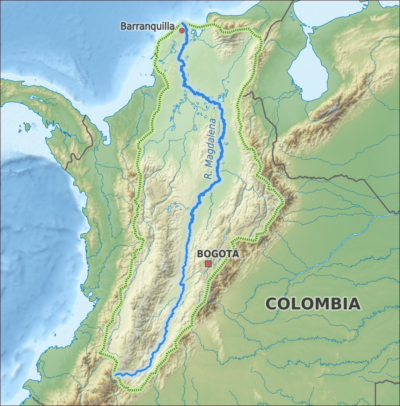
We learn of Colombia’s own less well known versions of Cortes and Pizarro, conquistadores to whom Davis offers ambivalent recognition: “One can celebrate or lament the consequences of the Spanish conquest, but it is surely impossible to deny the courage, grit, endurance, and zeal that ultimately drove these men to madness and fame, wealth and glory, triumph, humiliation, dishonor and death” (p. 37).
The Magdalena enabled these violent assaults on Indigenous civilisations in the basin, though travel up the river in the face of treacherous currents and crocodiles was not exactly easy. Davis leavens our deliberations about how we should judge these early adventurers with an account from a priest in Bogotá named Jerónimo de San Miguel. Writing to the Spanish king in Madrid in 1550, a couple of decades after the assault began, San Miguel reported:
… in this kingdom… such vast and profound cruelty has been committed that if I did not know it to be unmistakably true, I would never believe that a Christian heart could conceive of such cruel and fierce inhumanity. There is no torment or cruel treatment that has not been inflicted onto these sad and miserable natives by those who pride themselves on being your Highness’s faithful subjects. They have burnt some natives alive, and cut off hands, nose and tongue and other members, with great cruelty. Many others they have hanged… thrown natives to the dogs, cut off breasts of women…. (pp. 45-6).
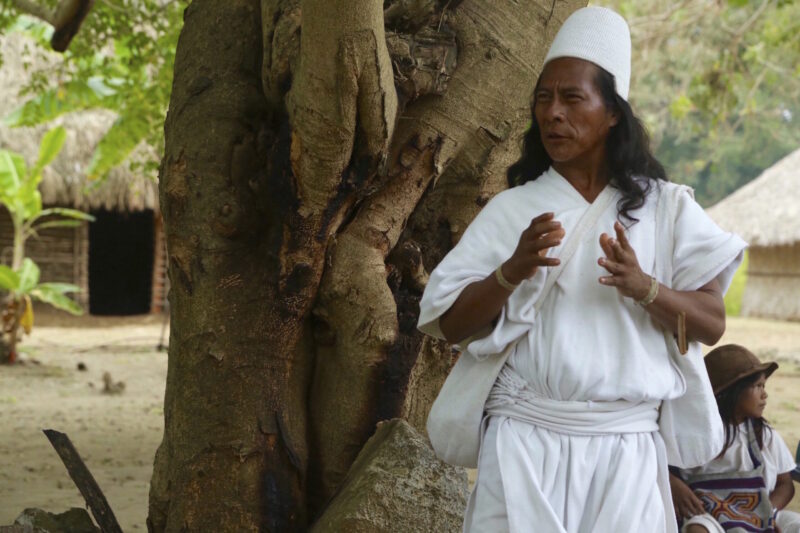
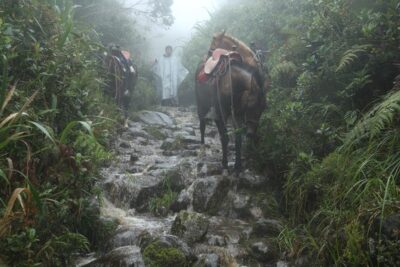
At times I found it difficult to go on reading of these horrors from Colombia’s distant (and more recent) past, but when I did, I was rewarded with happier stories of the magnificence of Colombia’s natural heritage, the resilience and bravery of her people, and their vibrantly original culture, especially their music and literature.
I wouldn’t mention horrific details from Colombia’s early colonial years if they didn’t offer such a disturbing foreshadowing of the depths into which the country would again descend in the final decades of the 20th century. I’ll spare my readers snippets of those mind-bending stories from Colombians who survived the most recent years of hyper-violence fuelled by cocaine and ideology. Davis does not spare us, however, and nor should he. One could not have travelled through the Magdalena basin with eyes and ears open and not been exposed to the raw wounds and tragic laments of those who live there.
Late in the book there are also histories from the early years of the 19th century, of the great geographer Alexander von Humboldt and El Libertador, Simón Bolívar. Many of their greatest achievements took place in what is today Colombia. The stories of the two and the ways Humboldt influenced the young Bolívar are fascinating. However, I found that another chapter devoted to Bolívar alone, entitled The General in His Labyrinth (echoing García Márquez), went on a little long and strayed rather far from our river. I suppose it was justified by Bolívar’s status as the founder of modern Colombia.
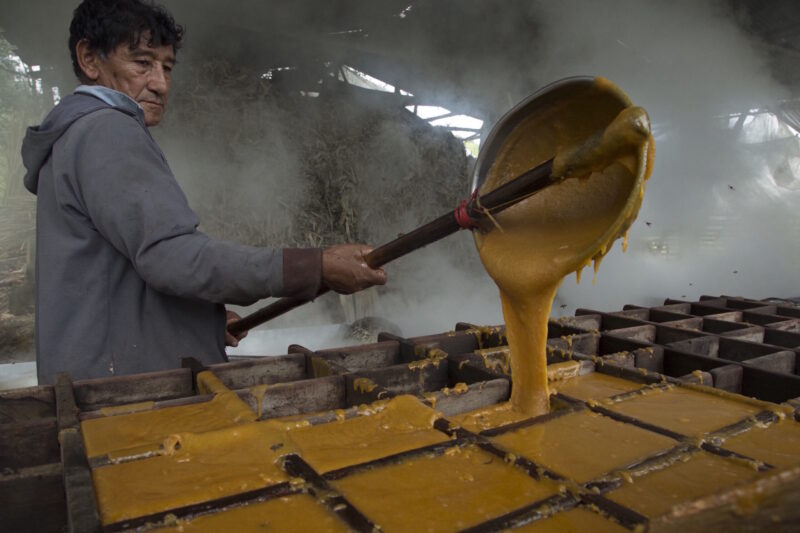
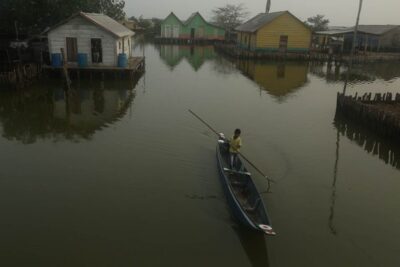
Then there was the rest of the 19th century, after Colombian independence from Spain, when the young republic went through eight civil wars and fourteen regional conflicts in eighty years. Such discord would have been devastating, possibly crippling even for a sub-continent country like India or China, the US or Brazil; but Colombia, about the size of British Columbia with a population not much more than Canada’s, came through this gauntlet in one piece, more or less. Once again, the reader is reminded of the almost unbelievable resilience of Colombia’s people and their preternatural ability to pick themselves up and get on with life despite the indignities and disappointments, horrors and injustices visited on them.
Primacy of the Magdalena, uniqueness of Colombia. In explaining why he chose to tell Colombia’s story through the Magdalena, Davis offers us glimpses of the uniqueness of this great river basin and the modern country grown up around it. Colombia’s inland cities, for example, were “… as cultured as any in the Americas [though they] were for most of their history linked one to another by trails traveled only by mules… [climbing up from the banks of the Magdalena] (p. xx).” With Columbia’s biggest cities perched thousands of metres up different spines of the Andes, the era of frenetic railway building that transformed so much of the 19th century world virtually bypassed Colombia. It left the Magdalena as “… the Mississippi of Colombia, the vital artery of commerce and culture… the entire length of the nation.…” (p. xxi).
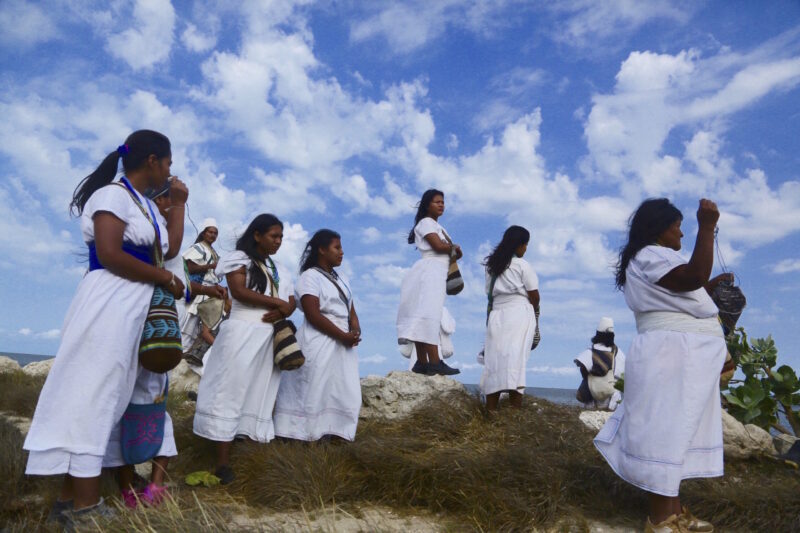

During those 250 years when the Magdalena was the main highway of the country, travel on its water was made possible by brawny and fiercely independent Afro-Colombian river men, the bogas, who paddled and poled passengers and freight up and down the river in dugout canoes up to 80 feet long. They were only eclipsed by automobiles and airplanes early in the 20th century. Yet even after the river was bypassed by modern infrastructure, its basin remained home to 80 percent of Colombians and the source of 80 percent of their nation’s economic wealth.
What is Colombia today? Davis assures us at the outset that “Colombia is most assuredly not a place of violence and drugs, but a land of colores y cariño.…” (pp. xvii-xviii). And throughout the book he shows us example after example of Colombians who are full of that colour and tenderness, as well as stunning courage and resilience. Yet he doesn’t really succeed in dispelling Colombia’s association with violence and drugs. On the contrary, he confirms it; for example:
From 1996 to 2000, a kidnapping occurred in Colombia every three hours of every day. Almost 30,000 were torn from their families, many never to return…. By 2012 nearly five million Colombians had abandoned their country… Another seven million internally displaced… (about a quarter of the population). … More than 50 years of brutal conflict that left 220,000 dead… missing close to 100,000… [both leftists and right-wing paramilitary death squads were] .… Fueled almost exclusively by the unprecedented profits of the drug trade (pp. xvi-xvii).
Might it not have been better to describe it as a country full of both vivid colours and tenderness and violence and drugs? And that stunning resilience: “… through all these difficult years, the nation has maintained its civil society and democracy, grown its economy, greened its cities, created millions of acres of national parks, and sought meaningful restitution with scores of Indigenous cultures, a progressive record unmatched by any other nation state….” (p. xviii).
Davis acknowledges that Columbians aren’t out of the woods yet. The reconciliation officially launched in 2016 is bound to be slow and difficult. It will likely only fully succeed when and if the illicit drug trade that fuelled the hyper violence is ended through legalisation. The US has blown over a trillion dollars (!) on its ill-conceived War on Drugs, yet it remains the biggest market for Colombian drugs. The US looks as likely to make real progress on legalisation of recreational drugs as they have on gun control.
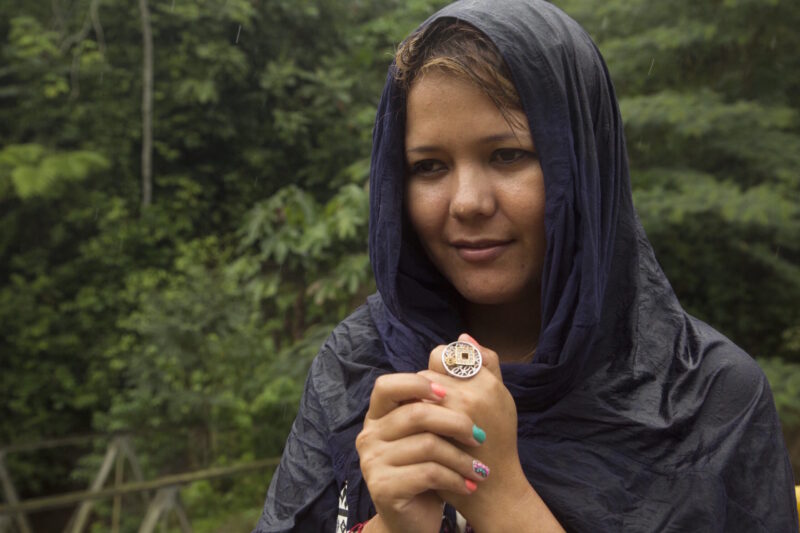
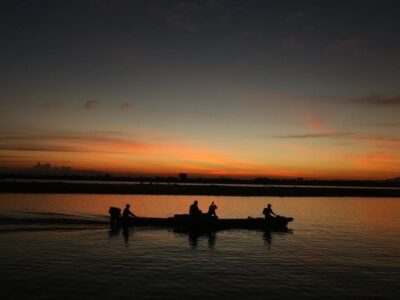
So, what will be the result of all that murder in Colombia? The militias, those right-wing death squads first associated with the cocaine bosses and then with successive conservative governments, killed far more innocent civilians than did the guerrillas. They chalked up about 80 percent of the dead, mostly civilians deemed to be suspiciously sympathetic to left wing causes like public health, human rights, and unions. And, as Davis makes abundantly clear, these killers didn’t just kill, they tortured and maimed in ways that would have done their conquistador predecessors proud.
The various armed guerrilla movements come off little better in Davis’s account, discredited especially by their industrial-scale kidnapping and their own acquired dependence on the proceeds of the illicit drug trade. Yet the shaky peace that has prevailed since 2016 requires most of these criminals to be absolved of blame so that the country can get on with a peaceful future. That is to say, like Pinochet’s mass murders in 1970s Chile, and those far more numerous extra-judicial killings by Argentina’s generals a few years later, Colombia’s crimes would be swept under the carpet for the sake of a harmonious future.
Like Davis, I sincerely wish peace for Colombia, so I understand his reticence about taking sides in its political struggles. I worry, though, that forgiving such nightmarish crimes as those committed by the death squads in particular could be the thin edge of the wedge. Might it not prove a dangerous precedent rather than a wise expedient? And, though neighbouring countries have made headway in addressing the extreme inequality common throughout Latin America, Colombia has gone in the other direction. Some 90 percent of its privately held arable land, for example, is held by 5 percent of the population. Such distortions are obvious when you drive through the heartland between Bogota and Medellin, where rich valley bottoms are occupied by haciendas running cattle while the surrounding hillsides are eroded down to the nubs and left for everyone else. The decades of instability have made things even worse than before, leaving even more of the country’s good land in the hands of the old rich and the new: drug traffickers, death squad leaders, and others who were able either to buy or seize much property. Colombians desperately and understandably long for peace, but it may be hard to sustain while such contradictions remain unaddressed.
A minor quibble about maps, predictable from a geographer: a few thematic maps — physical, bio, historical, economic, etc., or even just coloured contour maps — would help readers get their minds around the staggering diversity and complexity of the Magdalena basin. So would timelines that lay out the major events, twists, and turns in Colombia’s overripe history.
In conclusion, read Magdalena, River of Dreams, but brace yourself for assaults as you descend this broad and muddy stream that Davis rightly describes as both the soul and the graveyard of Colombia. Whatever you do, don’t try to binge-read it. You’ll need time to absorb all it has offer, and sometimes you’ll need time to recover from the shocks it delivers. But it’s a very good read.
*
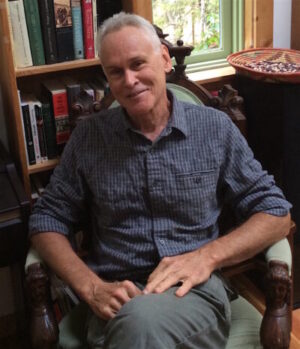
Howard Macdonald Stewart is author of Views of the Salish Sea: One Hundred and Fifty Years of Change around the Strait of Georgia (Harbour Publishing, 2017). An historical geographer and semi-retired international consultant whose work has taken him to more than seventy countries since the 1970s, Howard has reviewed books for The Ormsby Review and BC Studies. His memoir of a youthful bicycle trip down the Danube with the war hero and debonair cyclist Cornelius Burke, Bumbling down the Danube, was published in The Ormsby Review in 2016, and his memoir, The Year of the Bicycle: 1973, followed in 202o. He has also written a popular Remembrance Day piece, Why the Red Poppies Matter, as well as many reviews, most recently of books by Bill Arnott, Seth Klein, Liliane Leila Juma, Kate Harris, Deni Ellis Béchard, Meaghan Marie Hackinen, and Brian McDaniel. Howard Stewart is now writing an insider’s view of his four decades on the road that followed his perambulations of 1973, notionally titled Around the World on Someone Else’s Dime: Confessions of an International Worker. He has lived on Denman Island, off and on, for more than thirty years.
*
The Ormsby Review. More Books. More Reviews. More Often.
Publisher and Editor: Richard Mackie
The Ormsby Review is a journal service for in-depth coverage of B.C. books and authors. The Advisory Board consists of Jean Barman, Wade Davis, Robin Fisher, Cole Harris, Hugh Johnston, Patricia Roy, David Stouck, Maria Tippett, and Graeme Wynn. Scholarly Patron: SFU Graduate Liberal Studies. Honorary Patron: Yosef Wosk. Provincial Government Patron since September 2018: Creative BC
“Only connect.” – E.M. Forster
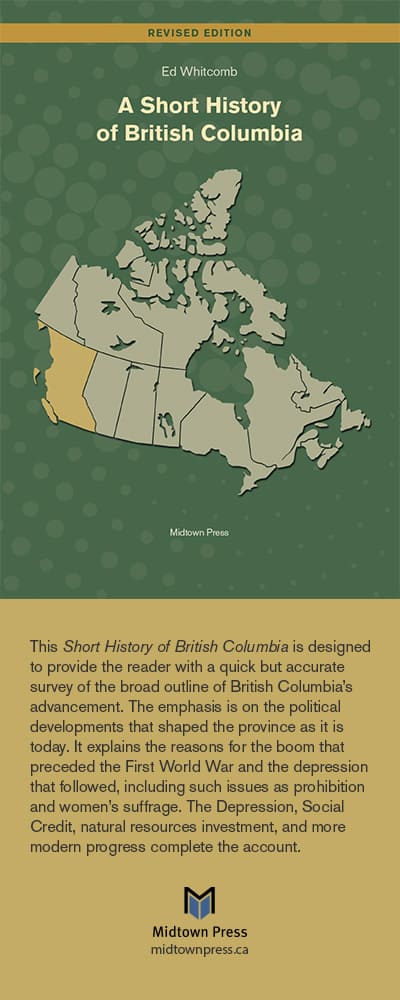


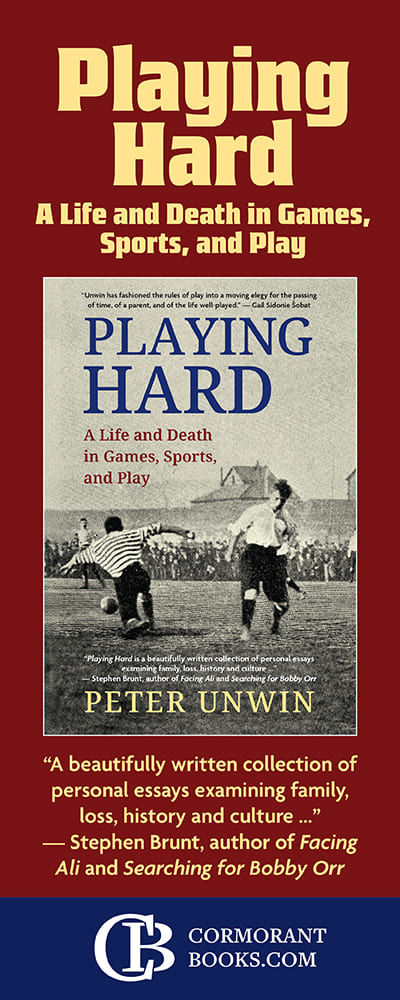



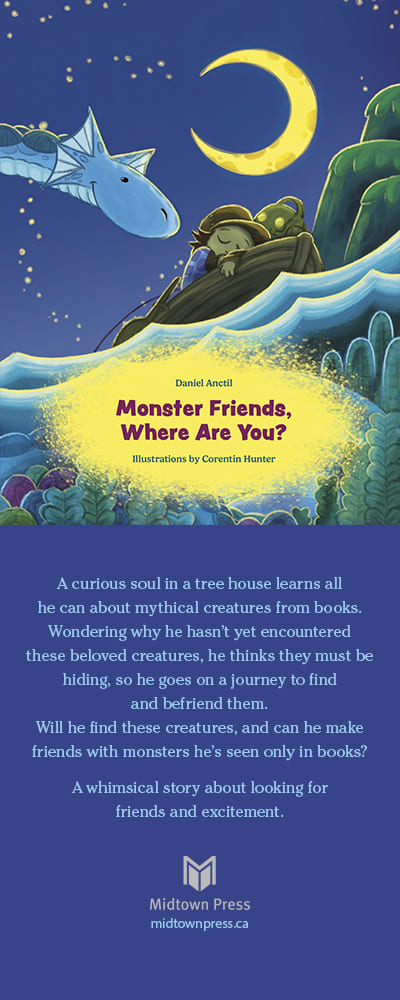
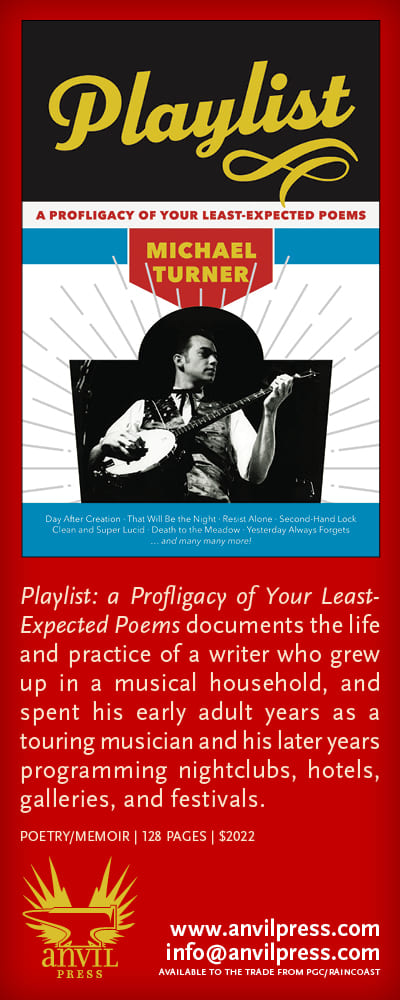

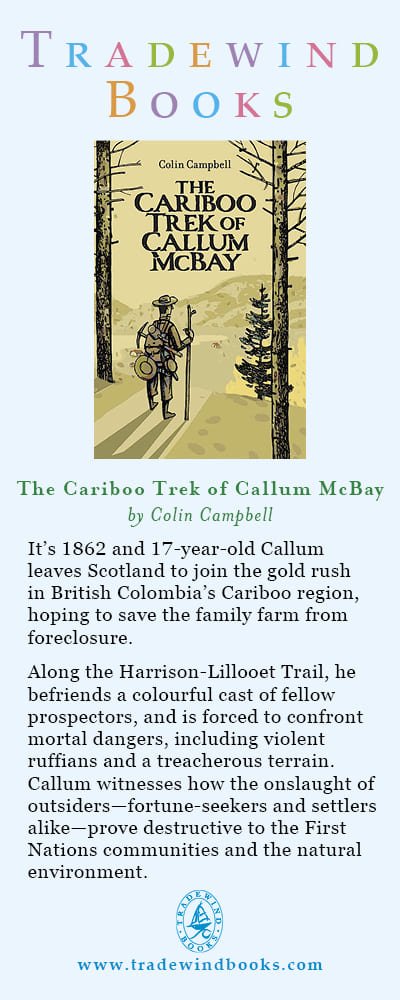




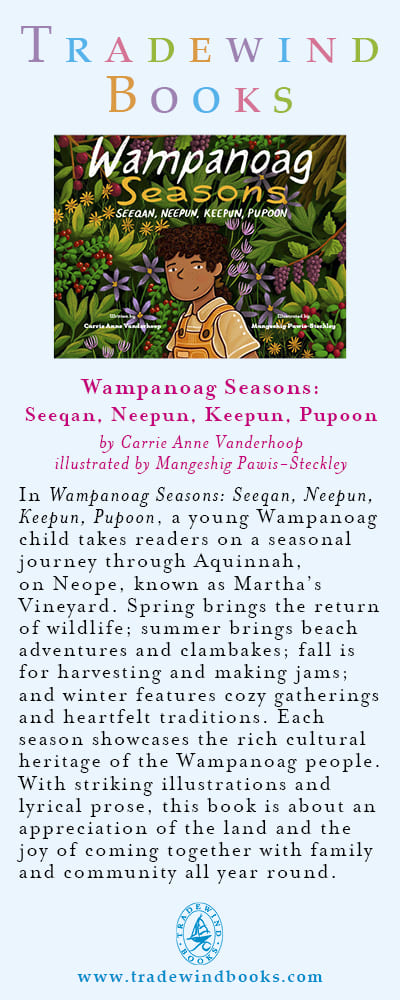
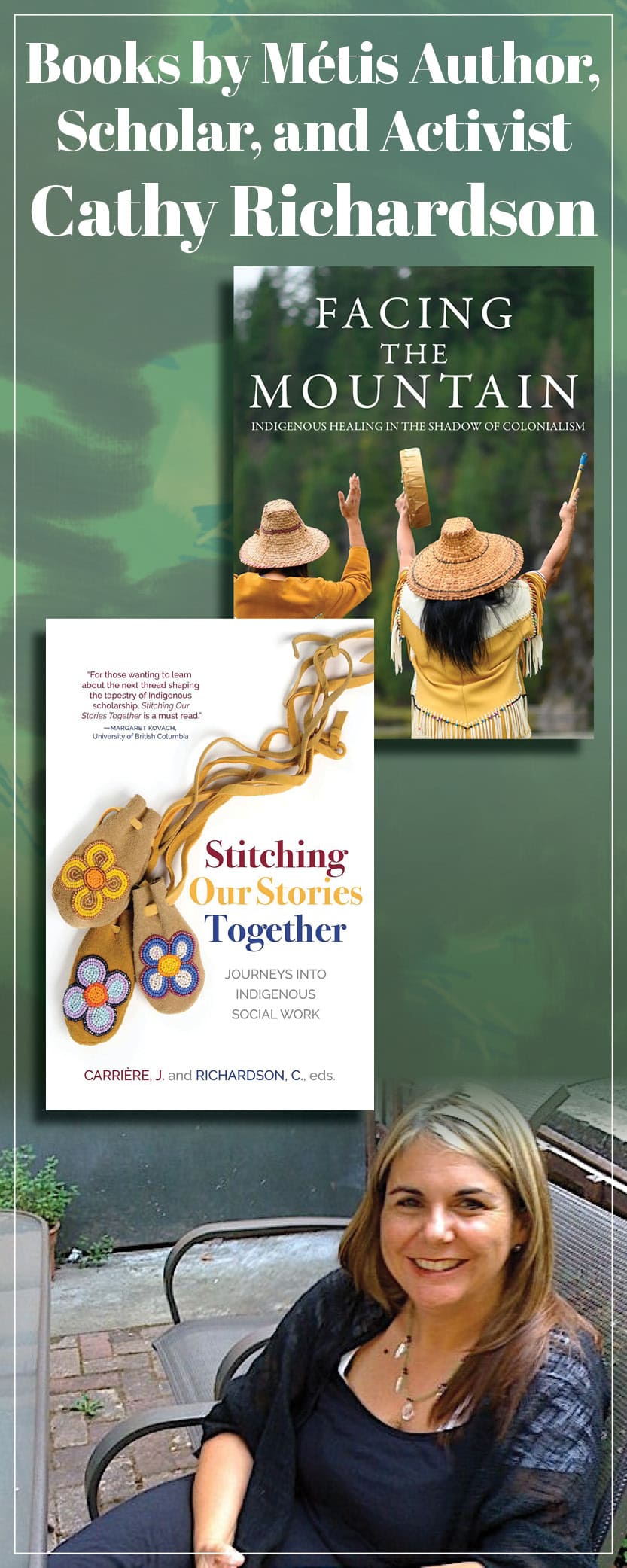
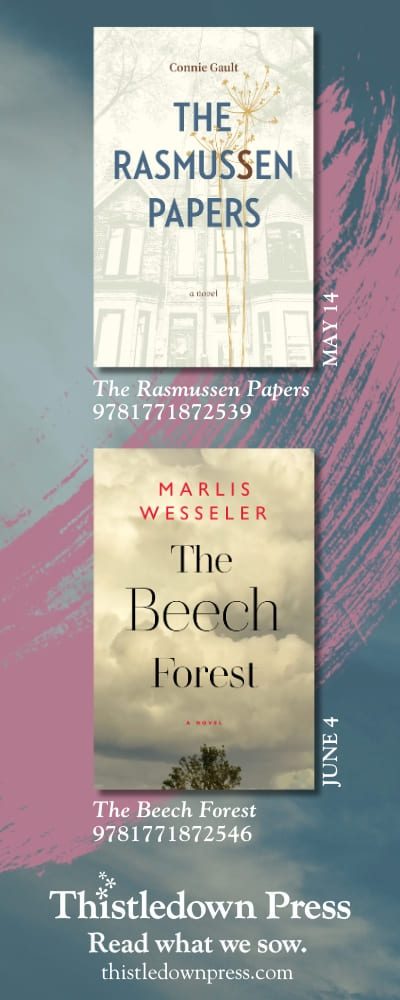
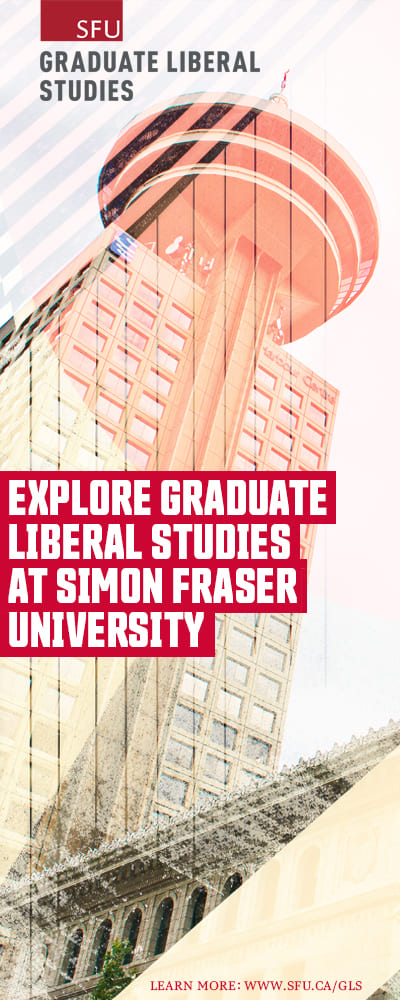
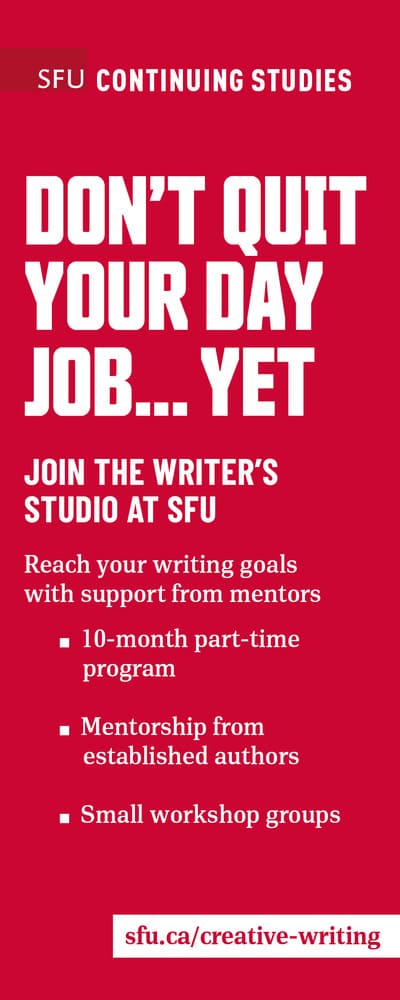

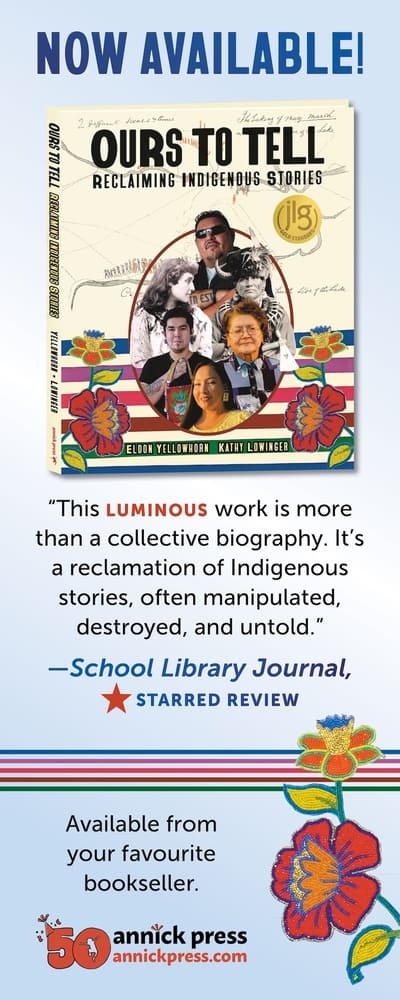
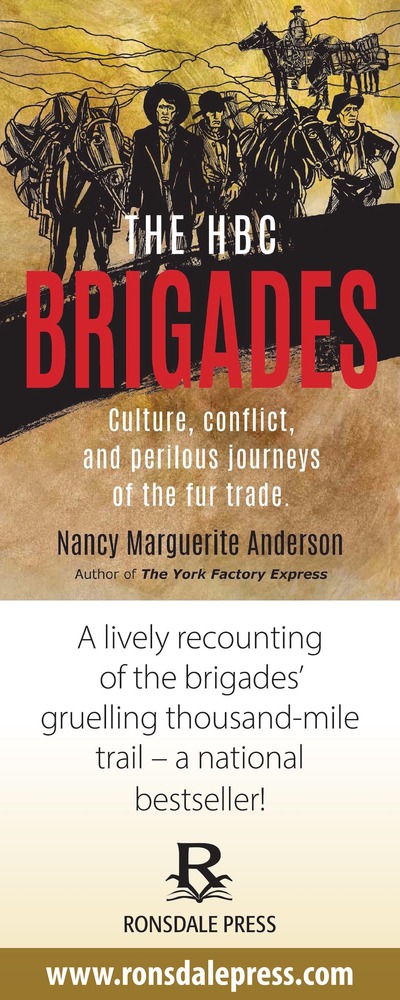
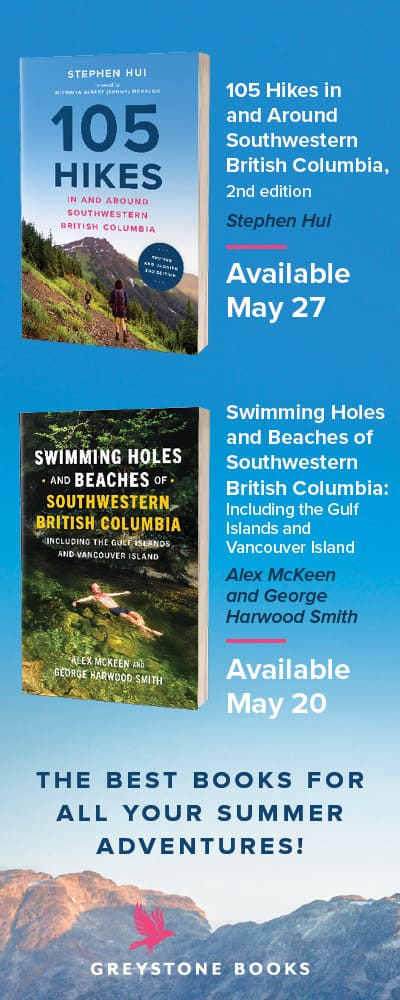
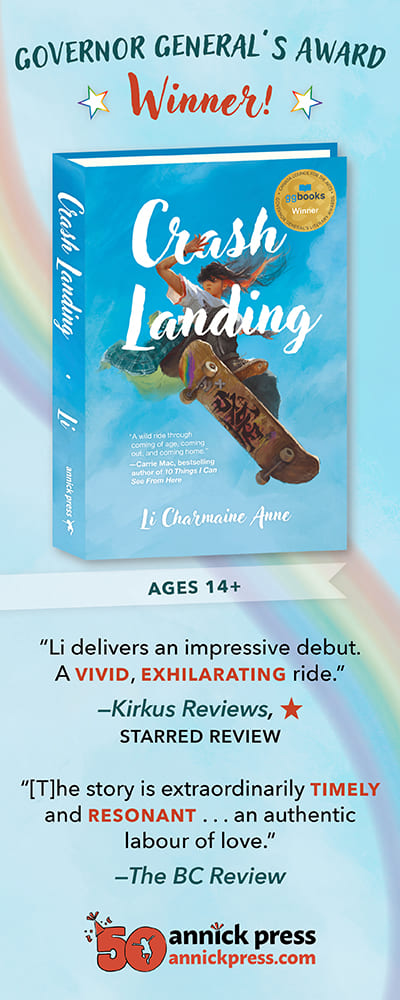



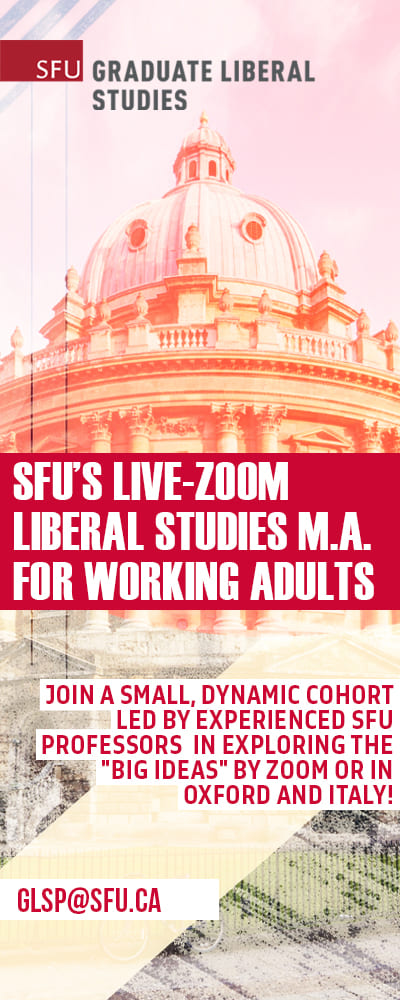


3 comments on “1087 The soul & graveyard of Colombia”